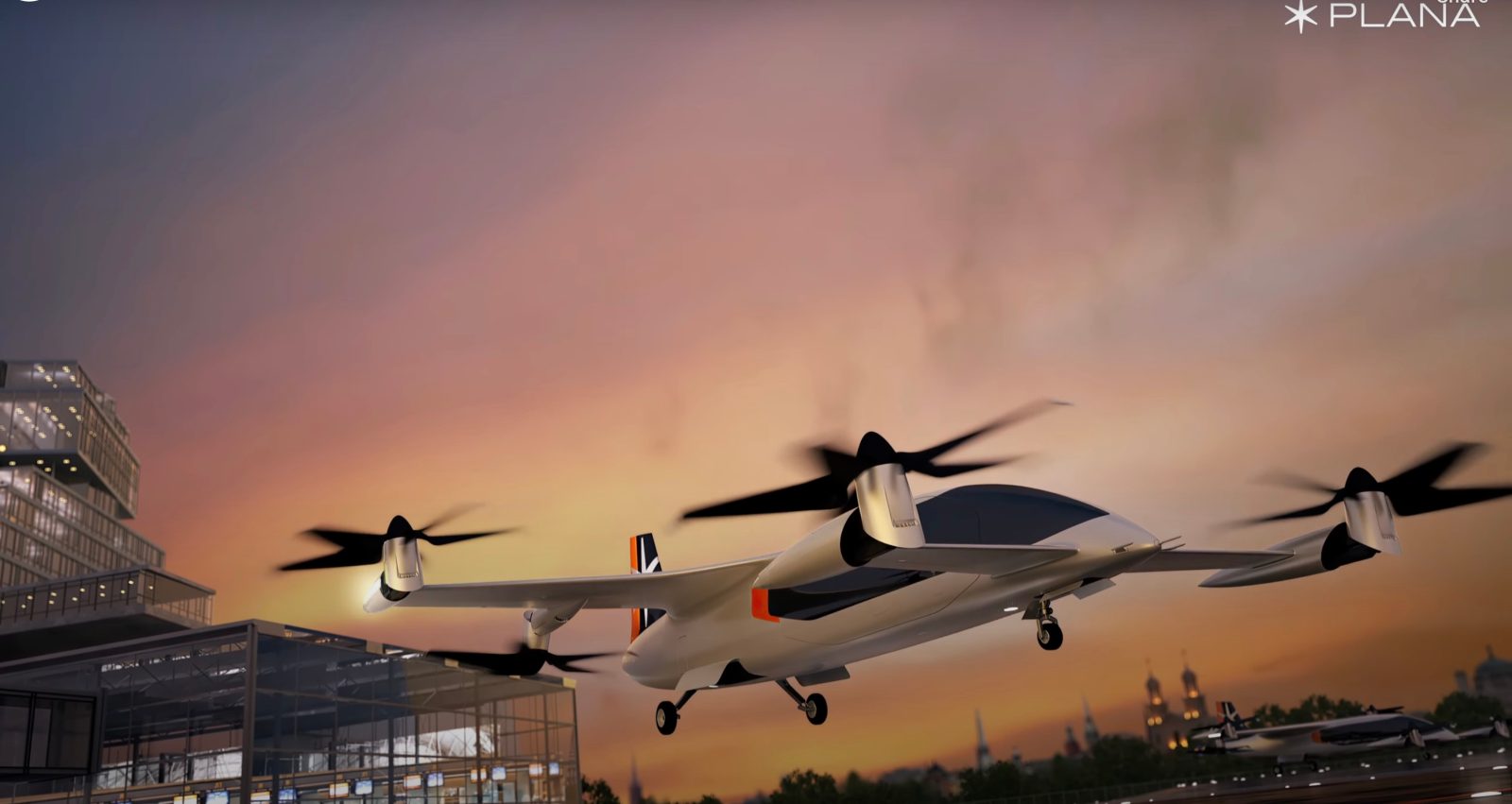
US developer of vertiports Volatus Infrastructure is teaming up with South Korean advanced air mobility (AAM) plane developer Plana in an effort to close what appears to be a significant gap in preparing for next-generation aircraft services: having necessary ground assets set up and operating by the time air taxis are ready to begin transporting passengers.
With the perhaps only the exception of related regulation, the availability of necessary numbers of vertiports equipped with charging stations and effective navigational tech now appears to pose the largest threat to passenger services once AAM craft are certified to fly – a preparedness risk Volatus Infrastructure and Plana are now moving to address.
Read: Siemens, Skyway partner in standardized vertiport plans for nearing eVTOL activity
This week the companies signed a memorandum of understanding (MOU) to work together and coordinate the design, components, and construction of Volatus Infrastructure vertiports in sync with Plana’s progress toward launching its next-generation AAM craft.
The move arguably comes a bit late in the game, considering initial demonstration services are expected to be rolled out in 2024, and with developers like Joby and Archer planning to begin introducing full air taxi activity the following year.
But Volatus Infrastructure cofounder Grant Fisk says the partnership with Plana to align vertiport construction with AAM plane development is a vital step other actors in the electric vertical takeoff and landing (eVTOL) sector would be wise to follow.
“The only way the eVTOL industry is going to succeed is through collaboration and working together for the greater good,” said Fisk. “When you find another company that shares your core philosophies, like Plana shares our philosophy of accessibility, you know it’s going to be a successful partnership.”
Though Plana aircraft may be used for standard air taxi services, the company’s hybrid powertrain system provides greater muscle needed for regional flights as well. The six-rotor craft is designed to attain cruising speeds of 190 mph, and have a range of more than 310 miles while carrying six passengers and a pilot.
Plana hopes to extend that maximum distance to 500 miles, and plans to flight testing of a subscale eVTOL model this year. As development advances, the company intends to establish a US office to facilitate the certification process with the Federal Aviation Administration.
Read: Volatus Infrastructure steadily expands its AAM vertiport activities
Awaiting that, Plana CEO Braden J. Kim says the partnership with Volatus Infrastructure is important to assure vertiport ground support for AAM services will be up, ready, and running by the time cutting-edge aircraft are ready to transport passengers.
“It is quite a meaningful moment for Plana to sign an MoU with Volatus, which offers top-class eVTOL infrastructure,” Kim said. “(We will) formulate an ecosystem together for accelerating the realization of advanced air mobility in our lives.”
Now they just need to get regulators to join the cooperative effort.
FTC: We use income earning auto affiliate links. More.



Comments